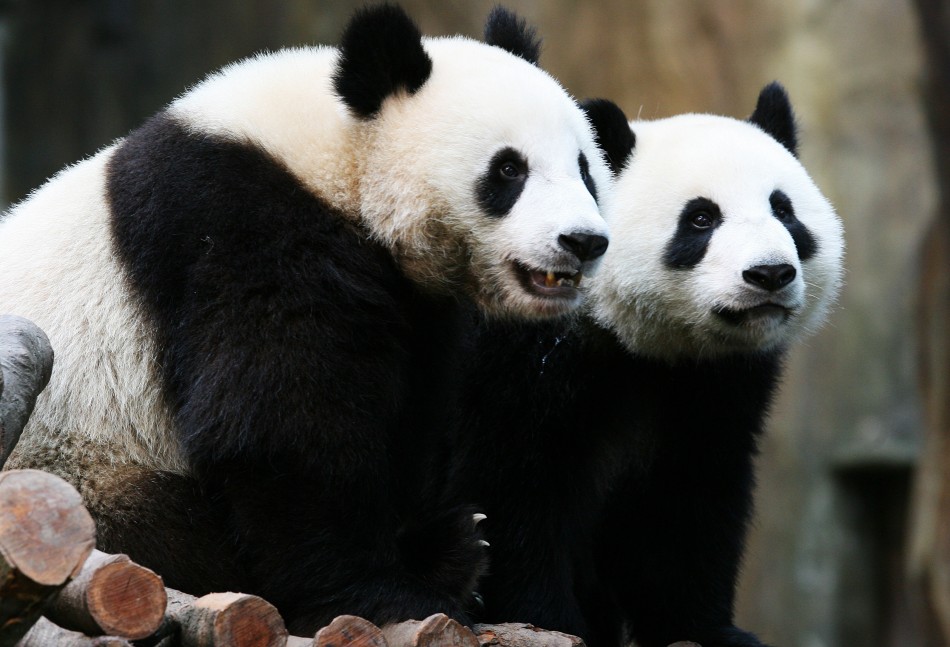Top 10 Most Endangered Species On The Planet


As we reach the end of the second decade of the 21<sup>st century, it seems that there are a growing number of species that will struggle to make it to the third.
Climate change, deforestation and poaching have drastically reduced the for a huge variety of animals, some of which have numbers in the dozens.
Oil spills which have engulfed the oceans have also led to animals being threatened with extension, as the rapidly decreasing numbers of the Magellanic penguins will testify.
Earlier this year, news broke out that the Javan Rhino had been completely wiped out due to poaching in Vietnam, reducing their numbers down around 50 in the wild.
Year after year, tens of thousands of Bluefin tuna are fished and killed on a unsustainable level, leaving them on the brink of extinction.
Climate change is also having a huge effect for the population of a number of species, with polar bears and Pacific walruses particular affected by melting of polar ice caps, leaving them particularly vulnerable to extinction in the next century.
It is not just climate change where humans are affecting the habitat of species and their populations; deforestation is causisng huge problems to animals way of life all across the globe, from China to Brazil and Mexico, increasing the threat of extinction to animals already on a critical level such as the mountain gorilla and giant panda.
Panda bears are famously not good at breeding in the wild, with females only fertile for one day a year and still notoriously picky about who they choose to mate with.
This has meant there has been extra effort for get them to breed in captivity. Two pandas, Tian Tian and Yang Guang, have recently arrived at Edinburgh Zoo from China in the hope that the two will breed to help with the survival of the species.
These photos show what the World Wildlife Foundation (WWF) consider to be the most endangered species on the planet, who they fear will not survive much longer if human influences such as deforestation and climate change continue as they do.
© Copyright IBTimes 2024. All rights reserved.







